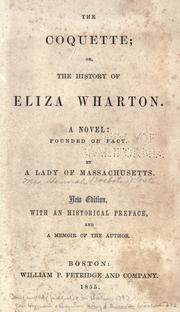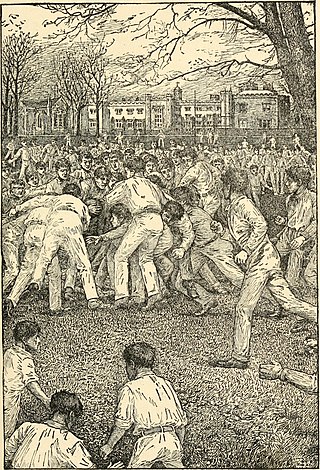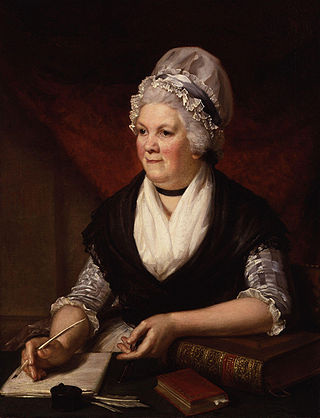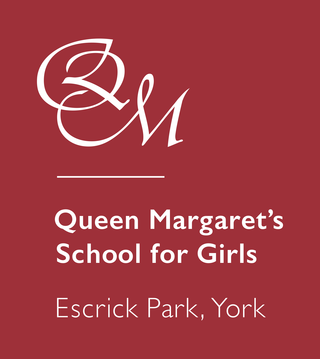Related Research Articles

An epistolary novel is a novel written as a series of letters between the fictional characters of a narrative. The term is often extended to cover novels that intersperse documents of other kinds with the letters, most commonly diary entries and newspaper clippings, and sometimes considered to include novels composed of documents even if they do not include letters at all. More recently, epistolaries may include electronic documents such as recordings and radio, blog posts, and e-mails. The word epistolary is derived from Latin from the Greek word epistolē, meaning a letter . This type of fiction is also sometimes known by the German term Briefroman or more generally as epistolary fiction.

A boarding school is a school where pupils live within premises while being given formal instruction. The word "boarding" is used in the sense of "room and board", i.e. lodging and meals. As they have existed for many centuries, and now extend across many countries, their functioning, codes of conduct and ethos vary greatly. Children in boarding schools study and live during the school year with their fellow students and possibly teachers or administrators. Some boarding schools also have day students who attend the institution during the day and return home in the evenings.
This article contains information about the literary events and publications of 1798.

Hannah Webster Foster was an American novelist.

The Coquette or, The History of Eliza Wharton is an epistolary novel by Hannah Webster Foster. It was published anonymously in 1797, and did not appear under the author's real name until 1856, 16 years after Foster's death. It was one of the best-selling novels of its time and was reprinted eight times between 1824 and 1828. A fictionalized account of the much-publicized death of a socially elite Connecticut woman after giving birth to a stillborn, illegitimate child at a roadside tavern, Foster's novel highlights the social conditions that lead to the downfall of an otherwise well-educated and socially adept woman.

The school story is a fiction genre centring on older pre-adolescent and adolescent school life, at its most popular in the first half of the twentieth century. While examples do exist in other countries, it is most commonly set in English boarding schools and mostly written in girls' and boys' subgenres, reflecting the single-sex education typical until the 1950s. It focuses largely on friendship, honour and loyalty between pupils. Plots involving sports events, bullies, secrets, rivalry and bravery are often used to shape the school story.

Sarah Trimmer was an English writer and critic of 18th-century British children's literature, as well as an educational reformer. Her periodical, The Guardian of Education, helped to define the emerging genre by seriously reviewing children's literature for the first time; it also provided the first history of children's literature, establishing a canon of the early landmarks of the genre that scholars still use today. Trimmer's most popular children's book, Fabulous Histories, inspired numerous children's animal stories and remained in print for over a century.

Pamela; or, Virtue Rewarded is an epistolary novel first published in 1740 by the English writer Samuel Richardson. Considered one of the first true English novels, it serves as Richardson's version of conduct literature about marriage.

Charlotte Temple is a novel by British-American author Susanna Rowson, originally published in England in 1791 under the title Charlotte, A Tale of Truth. It tells the story of a schoolgirl, Charlotte Temple, who is seduced by a British officer and brought to America, where she is abandoned, pregnant, sick and in poverty. The first American edition was published in 1794 and the novel became a bestseller. It has gone through over 200 American editions. Late in life, the author wrote a sequel that was published posthumously.

Established in 1901, Queen Margaret's (QM) is an independent boarding and day school for girls aged 11–18 set in 75 acres of parkland, six miles south of York.

The Royal School, Haslemere is a private co-educational day and boarding school for boys and girls aged 10 to 18. The original Royal Naval School was founded for the daughters and sisters of Naval and Marine Officers in 1840. From the outset the founders’ ambition was for the girls to become independent. The school began accepting boys in 2011 and then became fully co-educational in 2019 when The Royal School joined United Learning, which is a group of schools operating both in the independent and maintained sectors and which is, itself, a charitable trust dating back to the late 19th Century. The school operates exclusively from one site on Farnham Lane, Haslemere in Surrey, England. It has a foundation in Christianity.
The Boarding School may refer to:
Queen Anne's School is a private boarding and day school for girls aged 11 to 18, situated in the suburb of Caversham just north of the River Thames and Reading town centre and occupying a 35-acre (14 ha) campus. There are around 450 pupils. Nearly half are boarders. Some stay seven nights a week; others stay during the working week or two, three or four nights a week. Saturday morning lessons were replaced in 2009 by a programme of optional sport, hobbies and extended learning activities, including rowing, horse riding, textiles and first aid. The school awards scholarships in academic subjects, sport, music, art and drama at ages 11 and 13 and at sixth form entry.
Hukarere Girls' College is a girls secondary boarding school in the Hawke's Bay Region of New Zealand. It has a strong Māori character and follows the Anglican tradition. The School motto "Kia Ū Ki Te Pai" means "Cleave to that which is good" or "Abhor that which is evil".
Charlotte Palmer was an English teacher and writer mentioned in the Dictionary of National Biography. She is remembered mainly as a novelist.

Love Letters to the Dead (2014) is the first novel by American author Ava Dellaira, published in 2014. This is a teen novel told through a series of letters written by a girl named Laurel who is grieving the recent mysterious death of her sister May. The novel is set in Albuquerque, New Mexico.

Reading Abbey Girls' School, also known as Reading Ladies’ Boarding School, was an educational establishment in Reading, Berkshire open from at least 1755 until 1794. Many of its pupils went on to make a mark on English culture and society, particularly as writers. Most famous is Jane Austen, who used the school as a model of "a real, honest, old-fashioned Boarding-school".

The seduction novel is a literary genre which was popular in the late 18th and early 19th centuries. A seduction novel presents the story of a virtuous, but helpless woman who is seduced by a man that will eventually betray her. "Inevitably, she yields herself to him; inevitably, she dies." Her failure to adhere to the commonly accepted standard of sexual behaviour leads to her "self-destruction and death".

Hannah Maynard Pickard was a 19th-century American school teacher, preceptress, and author. She wrote extensively for the Sabbath School Messenger, and some for the Guide to Holiness, and other periodicals. She was the author of two novels, several editions of which were published, Procrastination and The Widow's Jewels.
Hannah Elizabeth Pipe was a British headmistress.